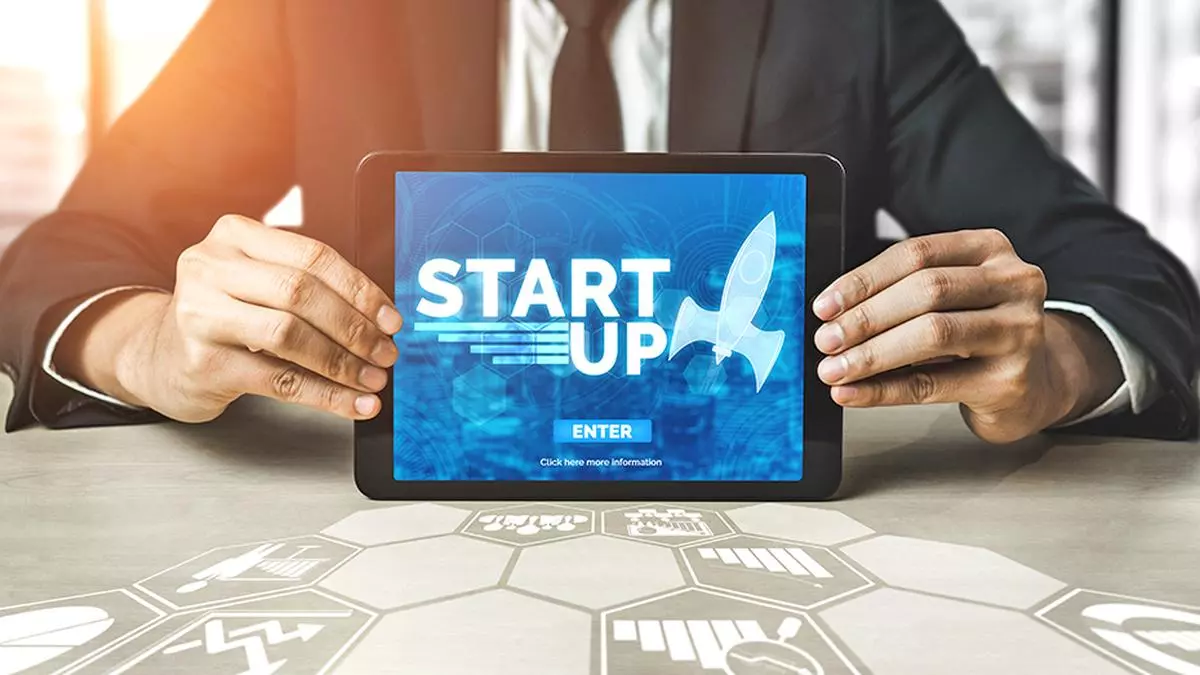
Amazon Web Services (AWS) provides a vast array of tools and services that help organizations of all sizes to innovate, scale, and succeed in the cloud. Its scalability, cost-effectiveness, reliability, security, and rich ecosystem make it attractive for businesses looking to leverage cloud technology for a competitive advantage. However, the increased adoption of AWS has resulted in increased cybersecurity risk.
Fortunately, AWS includes security services to help organizations secure and protect their cloud environment. Most notably, GuardDuty and AWS Security Hub. These services help streamline incident response processes, enabling organizations to bolster their security posture through enhanced visibility and automation.
Understanding AWS GuardDuty and Security Hub
First, it’s essential to understand AWS GuardDuty and Security Hub. They are distinct services with distinct functions, and using them in tandem requires understanding how they work.
AWS GuardDuty
AWS GuardDuty is a threat detection service that continuously monitors malicious activity and unauthorized behavior to protect your AWS accounts and workloads. It uses machine learning, anomaly detection, and integrated threat intelligence to identify potential threats and alert security teams. Investigating AWS GuardDuty findings can help you quickly respond to potential issues before they escalate.
AWS Security Hub
AWS Security Hub provides a comprehensive view of your security state within AWS and helps you check your environment against security industry standards and best practices. Security Hub aggregates, organizes, and prioritizes security alerts or findings from multiple AWS services, including GuardDuty, Amazon Inspector, and AWS IAM Access Analyzer, as well as from AWS Partner solutions. This centralized approach simplifies managing security alerts across your AWS environment.
Integrating AWS Guard Duty and Security Hub for Incident Response
Integration and Centralization
Integrating GuardDuty with Security Hub centralizes security findings, allowing you to view and manage alerts from a single screen. This integration provides security teams with the following:
- Consolidated Alerts: Security Hub aggregates findings from GuardDuty and other AWS security sources, including AWS and AWS Firewall Manager, simplifying security monitoring.
- Contextual Insights: Security Hub enriches GuardDuty findings with additional context, making it easier to understand the potential impact and scope of an incident.
Automated Response
Automation is critical to efficient incident response. By their nature, automated solutions can respond to security incidents far quicker than humans. AWS offers several ways to automate actions based on GuardDuty findings through Security Hub:
- Integration with AWS Systems Manager: Security teams can use AWS Systems Manager Automation to execute pre-defined runbooks in response to security findings. This can include patching vulnerabilities, resetting passwords, or gathering forensic data.
- Custom Actions and Alerts: Security Hub allows you to define custom actions that can trigger notifications or remediation steps through services like Amazon SNS, enabling real-time alerting and response.
Incident Response Simulations
Simulation is crucial for effective incident response. AWS Security Hub and GuardDuty help with incident response simulations by allowing security teams to generate and manage simulated security findings, which they can use to practice and refine their response strategies in a controlled environment.
For incident response simulations, security teams can use Security Hub to create custom findings that simulate security incidents. This helps teams practice identifying, prioritizing, and responding to potential threats as they would in real scenarios.
During simulations, security teams can generate GuardDuty findings to mimic various threats, such as compromised instances or reconnaissance activities. These simulated findings are fed into the Security Hub, allowing the security team to practice their incident response processes using realistic and relevant scenarios.
Best Practices for Incident Response in AWS
Here are some broader best practices for incident response in AWS:
● Regularly Review and Update Security Hub Insights: Security Hub offers insights based on aggregated findings. Periodically review these insights to stay updated on your security posture and take proactive measures to address potential vulnerabilities.
● Implement Continuous Monitoring and Alerting: Set up continuous monitoring for critical resources and ensure real-time alerting to your incident response team. This enables swift action on potential threats.
● Use Tags for Resource Identification: To quickly identify affected resources during an incident, Tag your AWS resources appropriately. This practice can expedite the incident response process and minimize downtime.
Conclusion
The combination of AWS GuardDuty and Security Hub is a powerful tool for enhancing incident response capabilities. By centralizing threat detection and response, automating remediation actions, and regularly practicing incident response simulations, organizations can significantly improve their ability to respond to and mitigate security incidents. Adopting these practices strengthens security posture and ensures a more resilient and prepared environment against the ever-evolving threat landscape.
About the author:
Josh is a Content writer at Bora. He graduated with a degree in Journalism in 2021 and has a background in cybersecurity PR. He’s written on a wide range of topics, from AI to Zero Trust, and is particularly interested in the impacts of cybersecurity on the wider economy.










Leave a Comment